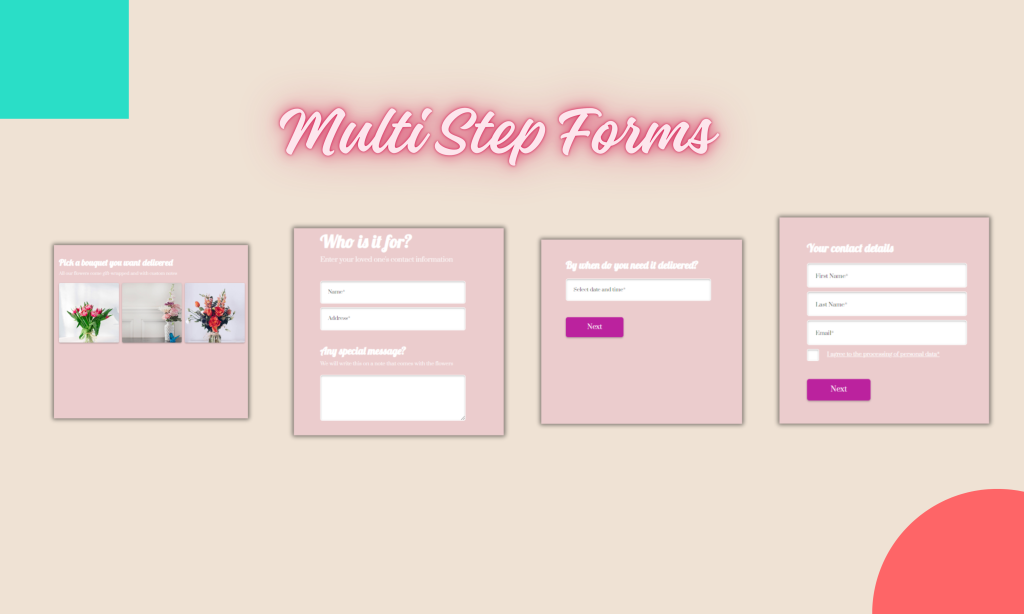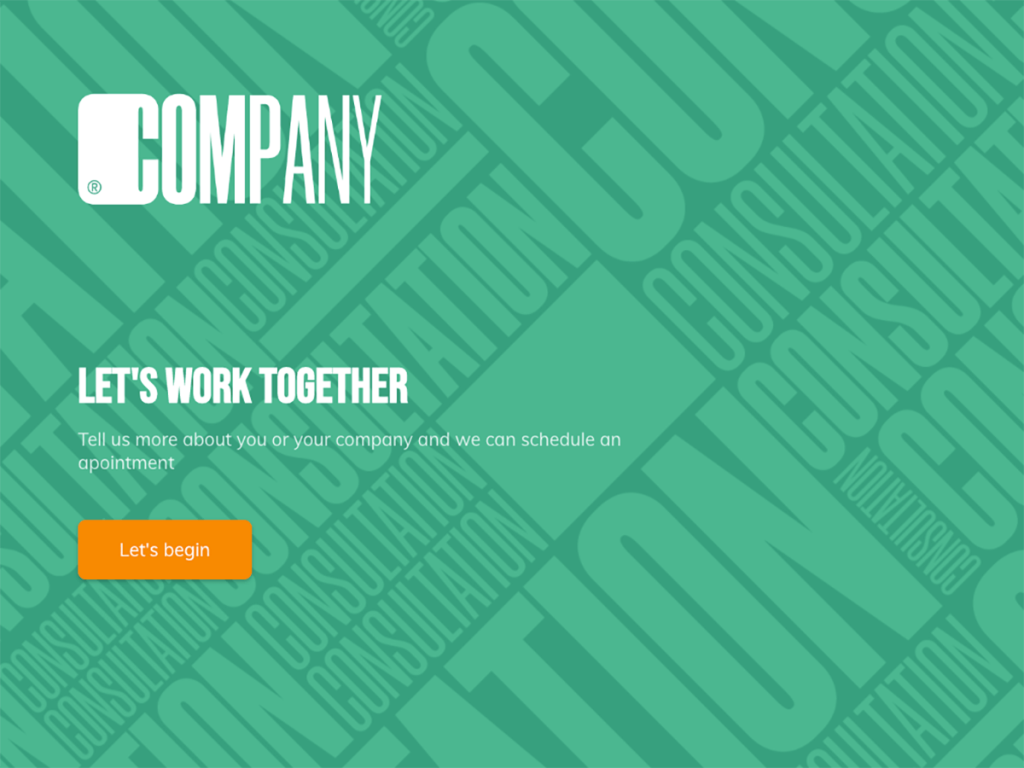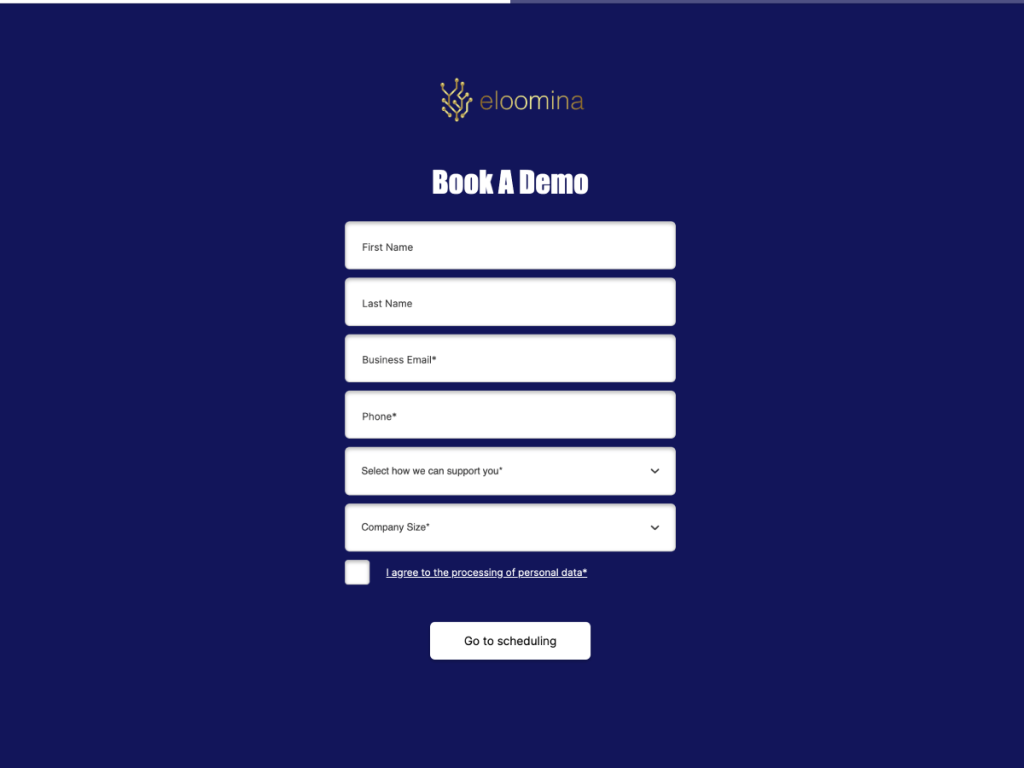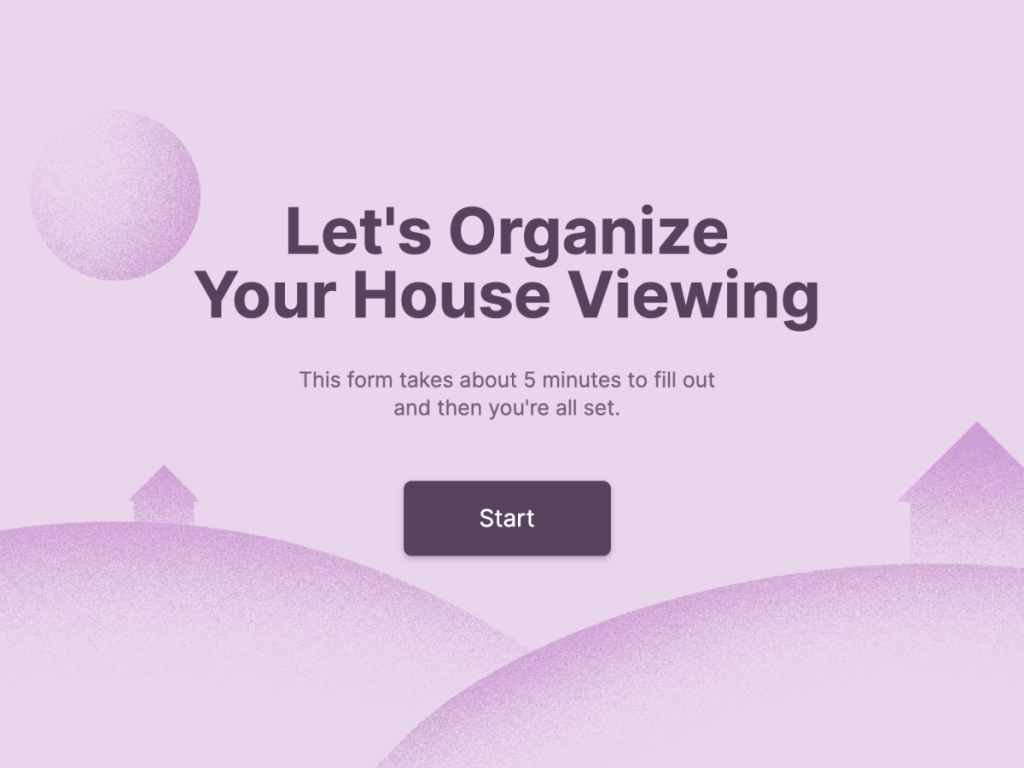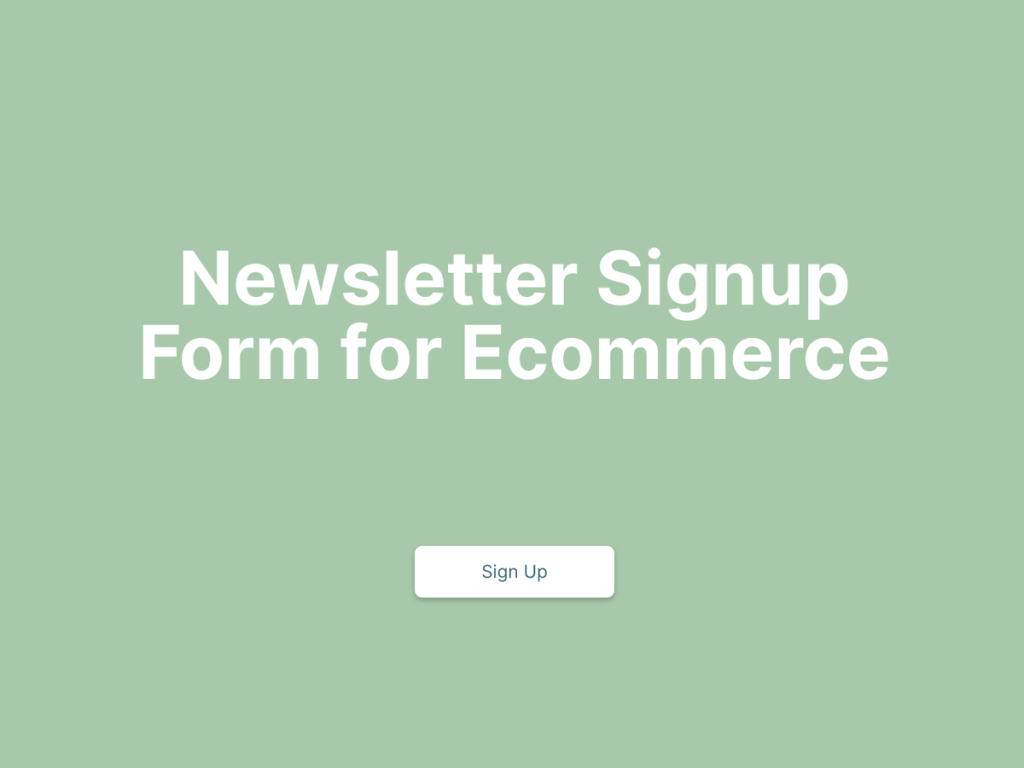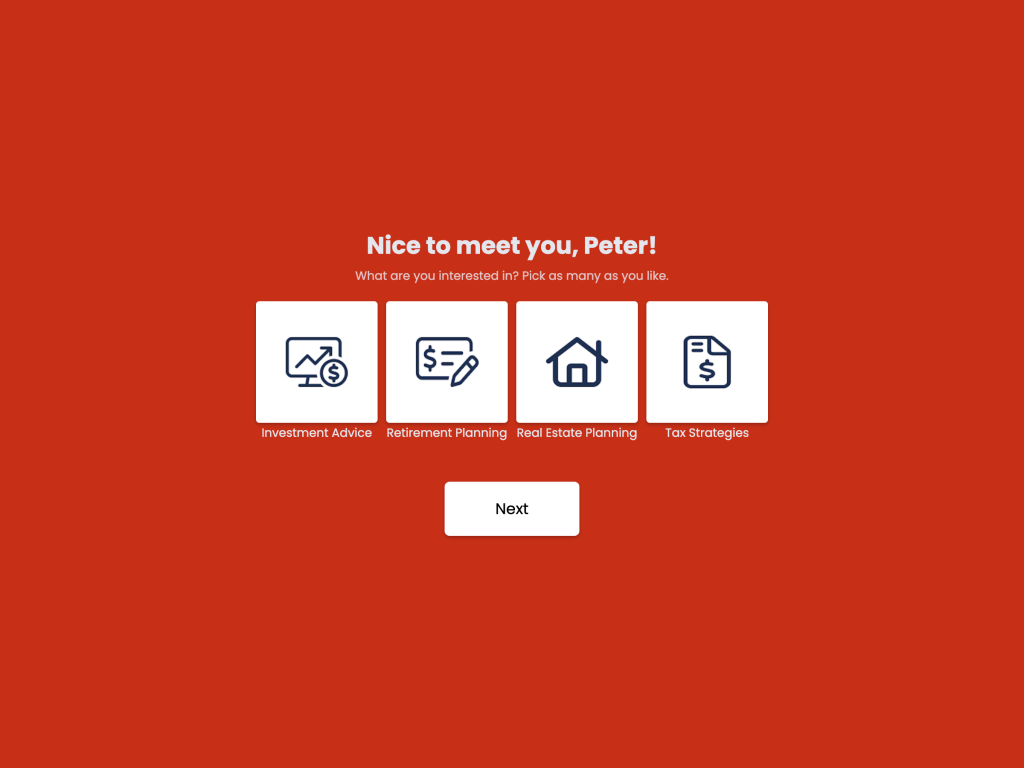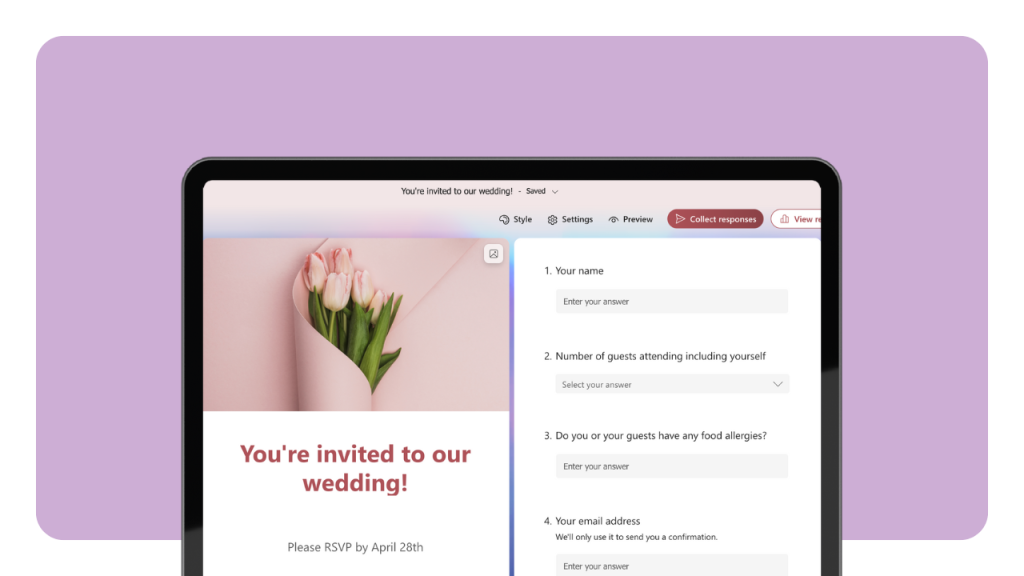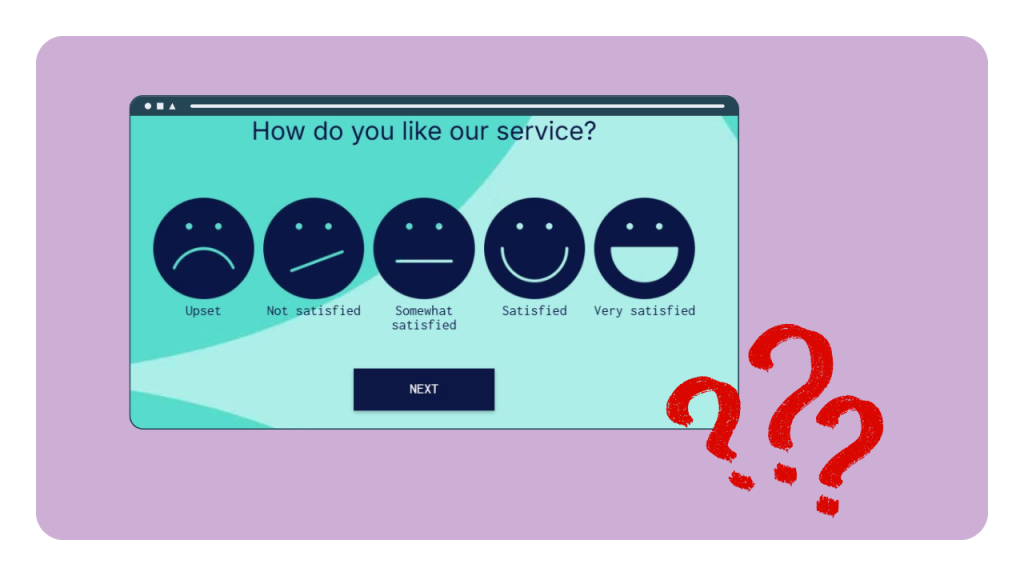“Multi-step forms can increase form conversion rates by up to 300% when compared to traditional forms.“
This statistic underlines the potential of well-designed multi-page forms to significantly boost user engagement and conversions, ultimately leading to more leads and better lead generation.
In this article you will learn about multi-step forms, their advantages over single-step forms, and a step-by-step guide to creating one using an online multi step form builder.
Bonus: We have with free templates to get you started.
What Are Multi-Step Forms?
Multistep forms break down data collection into manageable chunks or steps, guiding users through a sequence of relevant questions or fields.
This segmentation offer engaging experience for potential customers by making online forms appear less overwhelming, thus encouraging more thorough and thoughtful responses.
A well-known multi step form example is the checkout process of Amazon. When a customer decides to purchase an item, they are guided through a series of steps on the checkout form: starting with selecting their shipping address, choosing the delivery option, providing payment details, and finally reviewing their order before confirmation. Each step is clearly marked and allows the user to focus on one category of information at a time, reducing cognitive load and streamlining the decision-making process.
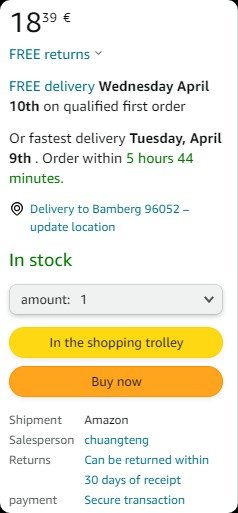
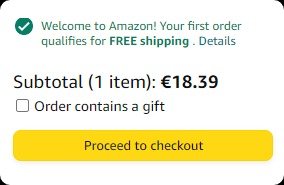
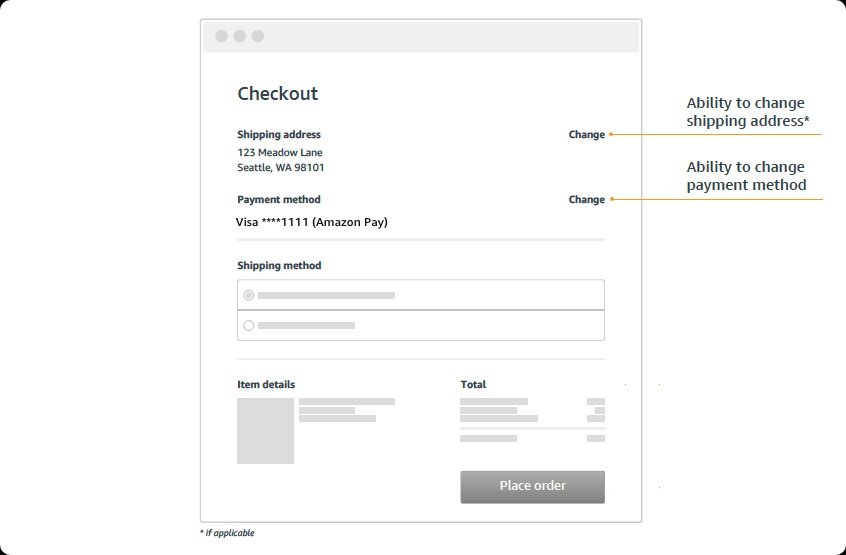
Single-Step Or Multi-Step Form
When it comes to designing web forms for user engagement and conversion, one key decision is between single-step and multiple-step forms. Each has its advantages, but the choice largely depends on the context and goals of the form.
Single-Step Forms
Single-page forms are straightforward: they display all questions or fields on a single page. This simplicity can be a significant advantage for shorter forms, where users can quickly see everything required of them at a glance. For situations where the user is expected to provide just contact details or email addresses—such as a simple contact form or a newsletter sign-up form—single forms can be highly effective.
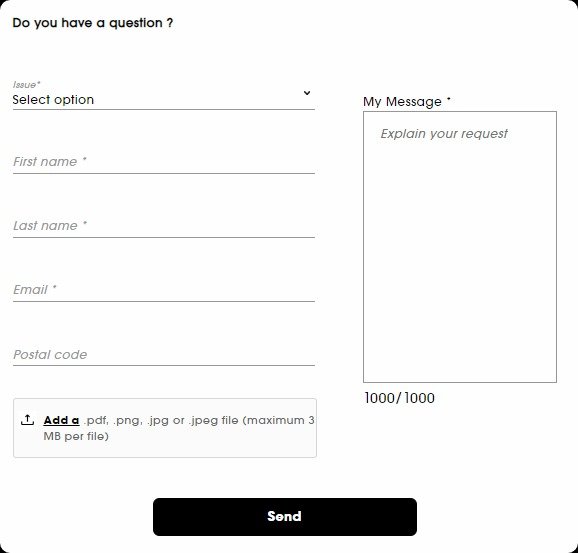
The advantages of one-step forms are:
Quick Completion: Ideal for when few inputs are required, allowing users to quickly fill out and submit.
Simplicity: Users appreciate seeing all questions upfront, which can be less intimidating for shorter forms.
Multi-Step Forms
Using multi step pages is particularly useful when collecting detailed information, as it can prevent users from feeling overwhelmed by a large number of fields all at once. The advantages include:
Increased Engagement: When you simplify the user interface and only show a portion of the fields at a time, users are less likely to be overwhelmed and more likely to start (and finish) the form.
Increase in Conversions: Segmenting the form allows for the strategic placement of engaging content and reassurances, which can help nudge users toward completion.
Improved Data Quality: Users are more focused on each step, potentially leading to more accurate and thoughtful responses.
Reduced Form Abandonment: With progress indicators and a visually less cluttered interface, users can see how much they've completed and how little they have left, reducing form abandonment rates.
How Multi-Step Forms Help Boost Conversion Rates
The effectiveness of multi-step forms in boosting conversion rates can be attributed to several key factors, both psychological and related to user engagement:
Reduced Cognitive Load: The multi step form design encourages users to fill out the form. The perception of less work upfront can reduce initial resistance to starting the form.
Curiosity and Commitment: Multi - step forms can pique user curiosity about what's coming next, especially if the progression is tied to visually engaging elements. Furthermore, as users progress through the steps, they invest time and are more likely to complete the form to avoid wasting their effort.
Personalization and Relevance: Multi-step forms can adapt to show only the most relevant fields to users by using conditional logic based on previous answers. This customization offer a more personalized experience, leading to higher completion rates.
Analytics and Optimization: With multi-step forms, it's easier to analyze at which step users are dropping off. This data is invaluable for form optimization, allowing for targeted improvements to the form's structure and content.
How to Create a Multi Step Form+ Free Templates
Here’s how you can create an effective multi-step form, step-by-step:
Step 1: Choose a Multi Step Form Builder
The first step is to select a multi step form builder that supports the creation of best multi step forms and offers a range of customization options. involve.me stands out as a top choice due to its user-friendly interface, responsive design, wide variety of templates, and powerful features such as conditional logic and integration capabilities. This online form builder is designed to cater to both beginners and advanced users, making it an excellent tool for crafting complex forms.
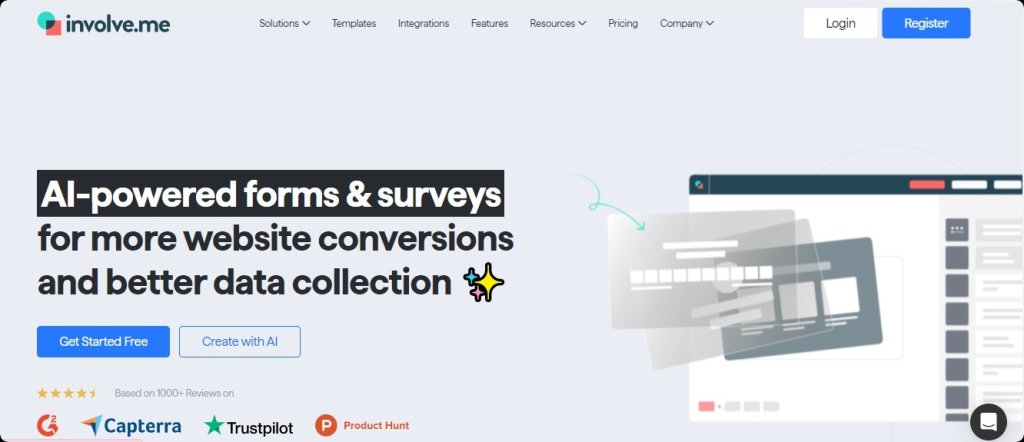
Step 2: Start with a Multi Step Form Template
involve.me offers a broad selection of templates tailored to various purposes, from customer feedback forms to event registration forms. Select a multi step form template that closely matches your needs from the template library, (for example a contact form multi step template if you want to create a contact form). After selection, give your project a name that reflects its purpose, making it easily identifiable in your dashboard.
Create Your Own Multi-Step Forms
Start with 350+ Templates
Consultation Scheduling Form Template
Demo Booking Form for Software Template
Step 3: Customize It
You can customize almost every aspect of your form, including fonts, colors, and layout. Additionally, you can add or remove form fields, incorporate multimedia elements like images and videos, and adjust the content to speak directly to your audience. The goal here is to make a high-converting form that represents your brand.
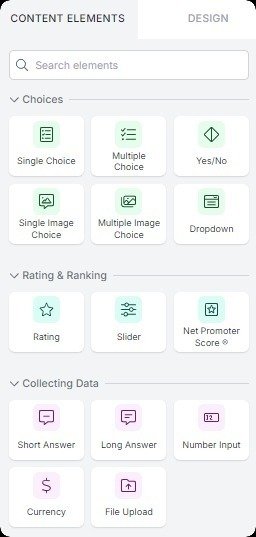
Step 4: Implement Conditional Logic (Optional)
For a more dynamic and personalized user experience, involve.me enables you to implement conditional logic in your forms. This optional but highly recommended step allows your form to react to user inputs in real-time, displaying or skipping certain questions based on previous answers.
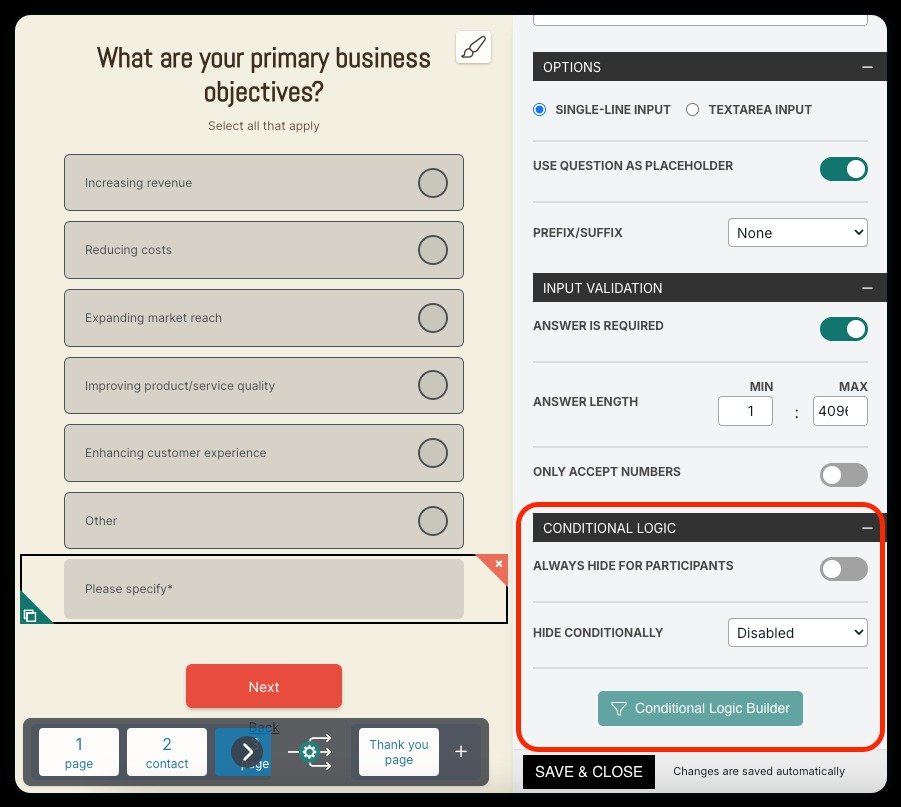
Conditional logic can significantly enhance the customer experience by making the form feel more interactive and tailored to individual needs.

Step 5: Test and Publish
Before going live, test your form across different devices to ensure a positive user experience. Once satisfied, publish the form on your website or share it directly with your audience.
Analyzing User Behavior with Multi-Step Forms
Analyzing how users interact with your multi-step forms can provide valuable insights that drive optimization efforts. You can use involve.me built-in analytics for this purpose.
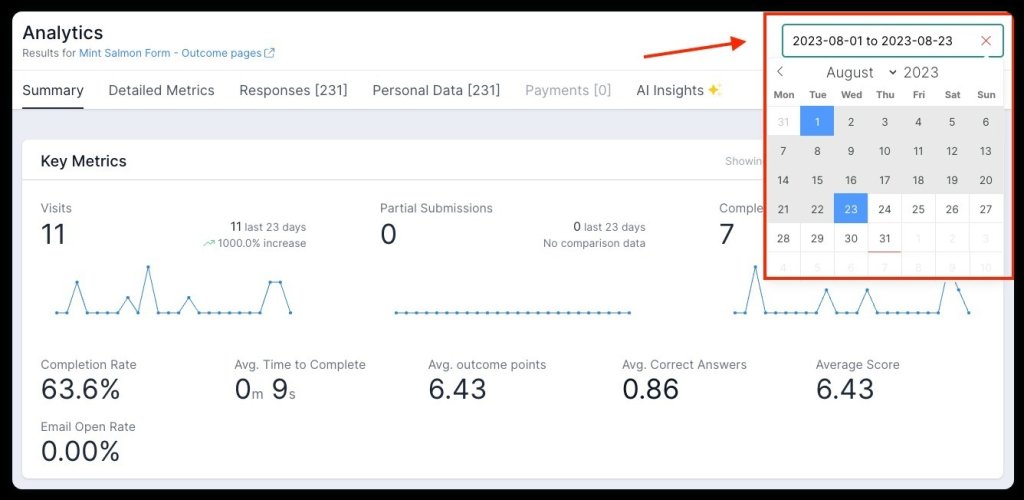
Here are key metrics and methods to consider:
Completion Rates: Track the completion rates for each step to identify where users drop off. High drop-off rates at a particular step may indicate confusing questions or technical issues.
Time Spent on Each Step: Analyze the time users spend on each step. This can help identify areas where the form might be too complex or demanding.
User Feedback: Incorporate feedback mechanisms at the end of the form or after critical steps to gather direct insights from users about their experience.
A/B Testing: Conduct tests by creating different versions of the same form to see which layout, wording, or sequence yields better completion rates.
Build Your Own Free Multi Step Forms
We hope this guide has helped you understand the significance of multi step forms and how they can enhance user engagement and conversion rates. Looking to create one for your own projects? Use involve.me and begin building intuitive, engaging multi-step forms that drive results.

